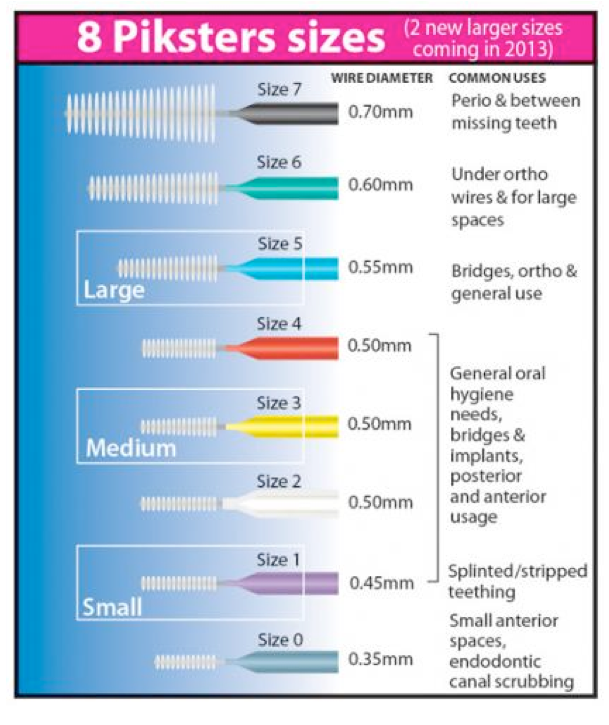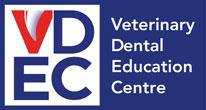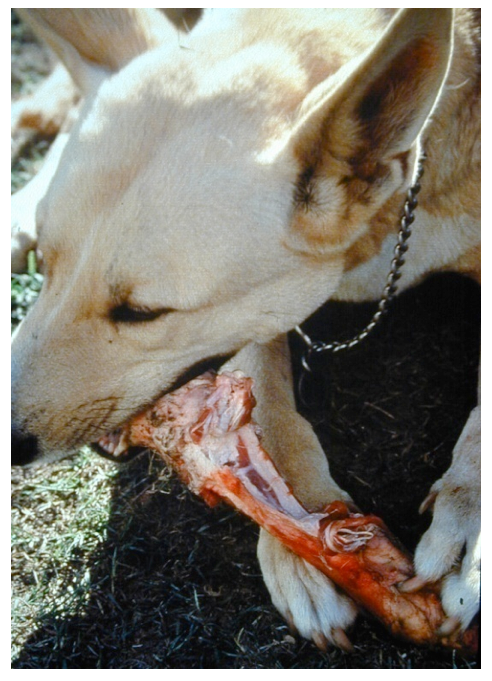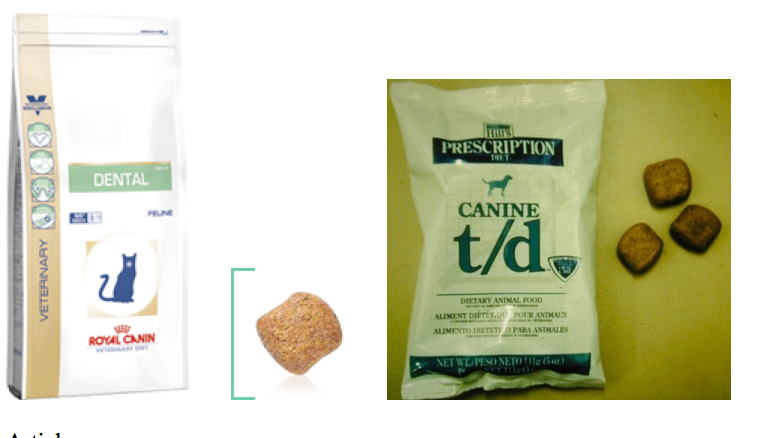Homecare
Member Only Content
Members Links
Printer Articles
- Anatomy
- Dental Extractions of Single Rooted Teeth
- Direct Pulp Capping (Partial Coronal Pulpectomy)
- Extractions
- Feline Dental Radiography
- Homecare
- Infra-orbital nerve block in the dog.
- Introduction to Anaesthesia
- Members Lectures
- Paedodontics
- Periodontal Disease 3 – Saving the Periodontally Diseased Tooth
- Periodontology
- Pocket Pets and Exotics
- Procedure Videos
- Reference Manuals
- Rest acid etch
- Restoratives – Composite Bonding
- Setting Up a Dental Surgery – Dental Equipment
- The Business of Veterinary Dentistry – Improving the Bottom Line
- Client education
- Staff training
- A dedicated client
- A willing pet.
What is a dental homecare program?
A dental homecare program is designed and implemented to maintain a healthy oral cavity free from plaque, which in turn prevents gingivitis (and therefore periodontitis and periodontal disease).
When should it start?
Young pets should have clean teeth, pleasant breath and coral pink coloured gums. Starting a home care program early in life will prevent periodontal disease, whilst older pets with existing disease will initially require professional therapy and cleaning and home care and client education afterwards. With adequate homecare and plaque removal, the disease never progresses past a mild gingivitis.
In Australia, National Pet Dental Month is held in May (sponsored by Mars Pet Care – Royal Canin) and in August (sponsored by the Australian Veterinary Dental Society and Hills Pet Nutrition) and a perfect time to ramp up the dental homecare protocols in your clinic. Dental posters and materials can be sourced through the Australian Veterinary Association special interest dental group and many of the commercial companies.
Your clinic dental motto should be ‘to prevent gingivitis’. This is achieved when the entire clinic staff is ‘on board’. One of the key ingredients in the maintenance of periodontal disease is that all staff members are trained and well-versed in the pathophysiology of periodontal disease and the home care products available and recommended by your clinic.
At every visit to the clinic, each pet should have its mouth examined, whether they are visiting for a vaccination, a skin problem or arthritis. Owners should try to keep their pet’s teeth clean by implementing a homecare protocol that works for them and may involve using a toothbrush, raw meat, a dental diet, drinking water additives, oral gel or solution. The type of homecare is influenced by the age of the pet, as well as, the degree of dental disease present when a homecare protocol is commenced. The pet owner must be involved in the planning process as they play the primary role in compliance of the program.
Some of the questions you may wish to ask the owner before a dental scale and polish and homecare program is initiated are listed here:
Sourced from Article:Evidence-Based Veterinary Dentistry: A Systematic Review of Homecare for Prevention of Periodontal Disease in Dogs and Cats. Roudebush, Philip; Logan, Ellen; Hale, Fraser A. Journal of Veterinary Dentistry. Vol. 22 Issue 1, p6-15, 2005 Abstract: Successful treatment and prevention of periodontal disease in pet animals requires a multidimensional approach to identify and eliminate exacerbating factors, provide scheduled professional examinations and care, and plan and implement a dental homecare program. Over the years, many therapeutic and preventive interventions have been developed or advocated for periodontal disease, but evidence of efficacy or effectiveness is highly variable. Accordingly the main objective of this systematic review is to identify and critically appraise the evidence supporting various aspects of homecare for prevention of canine and feline periodontal disease.
Ask the owner:
- What is the owner’s relationship with the pet?
- Is the pet a well loved member of the family?
- Is the person who brought the pet into the clinic the one who cares the most and will be performing the homecare?
- What is the owner’s attitude towards dental care?
- What are the owner’s physical capabilities?
- What does the owner perceive as the problem?
- What does the owner expect from treatment?
Ask about the pet:
- Is the animal likely to cooperate with homecare?
- Does the pet have a medical problem?
Ask about the pet’s home environment:
- What is the dietary history of the pet?
- How many pets are in the household?
Client education and the homecare protocol should start early in life to obtain the best results. Pets respond to a quiet calm approach with a product that is suited to their needs and temperament. Some pets are very difficult to treat and there may be a risk to injury and harm in both the pet and the owner and their family if the incorrect product is chosen or forced onto the pet. As with all training methods, start early and slowly, MAKE IT FUN, and use lots of positive reinforcement and praise.
There are many products on the market for plaque and calculus control. Plaque control can be achieved by mechanical and chemical means. Mechanical methods physically disrupt plaque accumulation by abrading or rubbing the teeth, whereas chemical methods kill the bacteria. Calculus can only be removed using hand instruments or ultrasonic scalers whilst the pet is anaesthetised.
The Veterinary Oral Health Council (VOHC)
- “VOHC exists to recognize products that meet pre-set standards of plaque and calculus (tartar) retardation in dogs and cats. Products are awarded the VOHC Seal of Acceptance following review of data from trials conducted according to VOHC protocols. The VOHC does not test products itself.”
- Based in Philadelphia, USA and run by an independent Board
- Website: www.vohc.org
What is the level of evidence available?
There are four levels of evidence that a product is effective and has a basis of action. Grade 1 is the highest quality for application in the clinic whereas Grade 4 is the lowest quality. These include:
- Grade 1 – properly designed randomized, controlled studies done in the target species
- Grade 2 – PDRC studies done in the target species in a laboratory or research animal colony setting
- Grade 3 – appropriately controlled studies without randomization, case-control studies, studies that used acceptable models of disease
- Grade 4 – opinions of respected experts developed on the basis of their clinical experience
The previously mentioned Article:Evidence-Based Veterinary Dentistry: A Systematic Review of Homecare for Prevention of Periodontal Disease in Dogs and Cats. Roudebush, Philip; Logan, Ellen; Hale, Fraser A. Journal of Veterinary Dentistry. Vol. 22 Issue 1, p6-15, 2005discusses evidence based homecare products.
Some of the categories and products available include:
Toothbrushing and fingercloth
Toothbrushing has long been regarded as the most effective, but not the easiest, method of mechanical plaque control. Several studies show that periodontal disease can be prevented with daily brushing, whether by toothbrush or fingerbrush. However, most owners do not sustain the dedication or motivation to brush daily, so every other day or once weekly may be more realistic. Most studies reflect a 30-40% compliance rate amongst the best clients. A toothbrush should be easily cleaned and have non-porous bristles, have an anatomic designed head and complete their work in under 60 seconds. The Petosan range of manual and electric toothbrushes have two heads with bristles orientated at this angle for correct brushing of both the palatal/lingual and buccal tooth surfaces simultaneously. The advantages, when used correctly and consistently, include effectiveness and affordability. The disadvantage of compliance can often be overcome by slow and calm introduction as well as the use of chicken flavoured toothpastes, which increase the acceptability and palatability to the pet. Toothbrushing is the ideal method for young pets when it is introduced early in life. It is also the best method following extraction of teeth when individual teeth or areas of the mouth require plaque removal. Toothbrushing should not be commenced immediately following a dental procedure that is painful or when a significant gingivitis is present as it may be painful and the pet will resent the introduction of the brush.
Demonstration of toothbrushing can be found at – http://www.k9gums.com.au/for-pets/
Periobrushes
Periodontal brushes are fine fibred brushes that are useful to clean hard to reach places, and those that are inaccessible to the fibres of a toothbrush. These include the interdental spaces in areas of overcrowded teeth and in situations of periodontal disease, furcation exposure and gingival recession. The bristled brush is used in the same manner as a toothbrush but without the paste.

Natural diet and raw, meaty bones
A natural diet may be used to control plaque by feeding raw meat, sinew and cartilage. There are a number of published works as well as anecdotal reports that suggest that feeding of raw carcasses, chicken wings or necks, softer lamb or veal brisket improves oral health in pets. To the author’s knowledge there are no controlled clinical studies to substantiate these claims. There are also reports of bacterial contamination of the person who feeds this diet, through unsafe handling of chicken with Salmonella and Campylobacter. Feeding bones may also prove to have deleterious consequences with gastro upsets, diarrhoea, constipation, obstructions and being caught over the hard palate. A significant number of teeth are fractured by the chewing of bones. Therefore bones are not recommended but for those that insist on feeding them, supervision is needed.
Dental foods
Several complete and balanced dental foods now exist for the reduction of plaque and calculus accumulation. Most studies with dental foods have used a clean tooth model in which gingivitis, halitosis, plaque, calculus and stain are evaluated and reported on reductions in accumulations after a teeth cleaning rather than actual reductions of substrates accumulated. Some products have an abrasive mechanism (Hills t/d diet) whilst others also incorporate plaque reducing nutrients (PRN) (Royal Canin dental foods) or coat the product in polyphosphates (Royal Canin, Eukanuba and Advance dental foods). The mechanical abrasive properties tend to reduce accumulations of both plaque and calculus whereas the addition of a PRN reduces plaque adhesion to the tooth surface and a polyphosphate reduces calculus accumulation by binding the salivary calcium ions.
Diets should not be relied on as the primary method of plaque control as they do not adequately contact all tooth surfaces, thus leave plaque on many tooth surfaces. Even the best results only reduce plaque accumulation by 37-40% and calculus accumulation of 65-70%, thus they produce the best results when used in conjunction with a toothbrush or chemical means such as a gel or water additive.
Articles:
Effect of Kibble Size, Shape, and Additives on Plaque in Cats. Journal of Veterinary Dentistry. Clarke, D. E.; Servet, E.; Hendriks, W.; Thomas, D. G.; Weidgraaf, K.; Biourge, V. C. Vol. 27 Issue 2, p84-89, 2010. Abstract: Forty mixed-breed cats completed a parallel-group, clinical study to compare supragingival plaque accumulation using a triangular or rectangular shaped dry-expanded diet, with or without an anti-calculus agent (sodium tripolyphosphate) or an anti-plaque agent (plaque-reducing nutrient). The cats were divided into 4 equal groups based on plaque scores. Results showed that coating the kibble with sodium tripolyphosphate had no effect on plaque accumulation. Increasing the surface area and volume and changing the shape of the kibble was associated with a reduction in plaque accumulation, and coating the kibble with a plaque-reducing nutrient further reduced plaque accumulation. The importance of a combination of both mechanical abrasion (chewing) and chemical interference (plaque-reducing nutrient) was demonstrated in this study.


